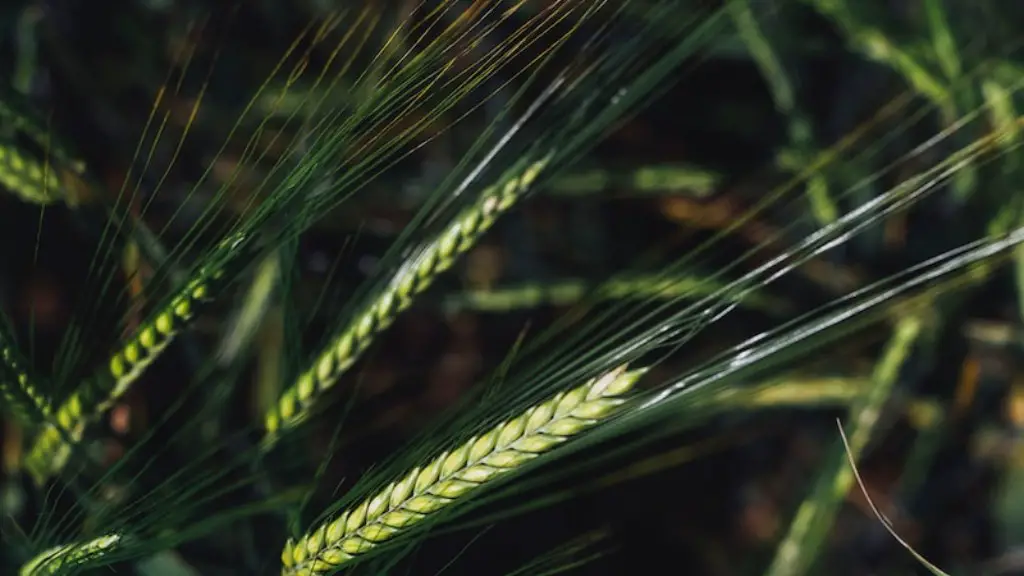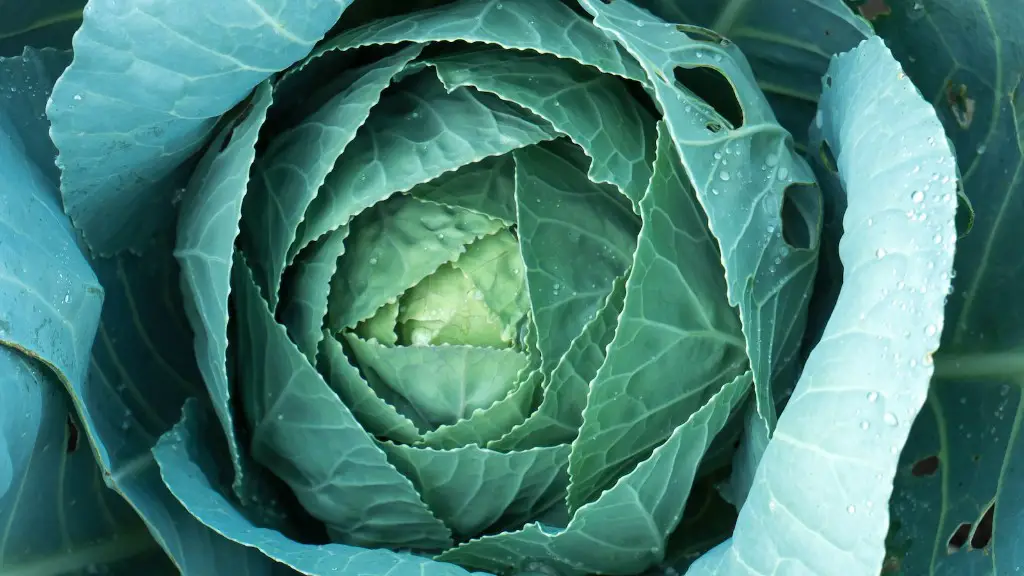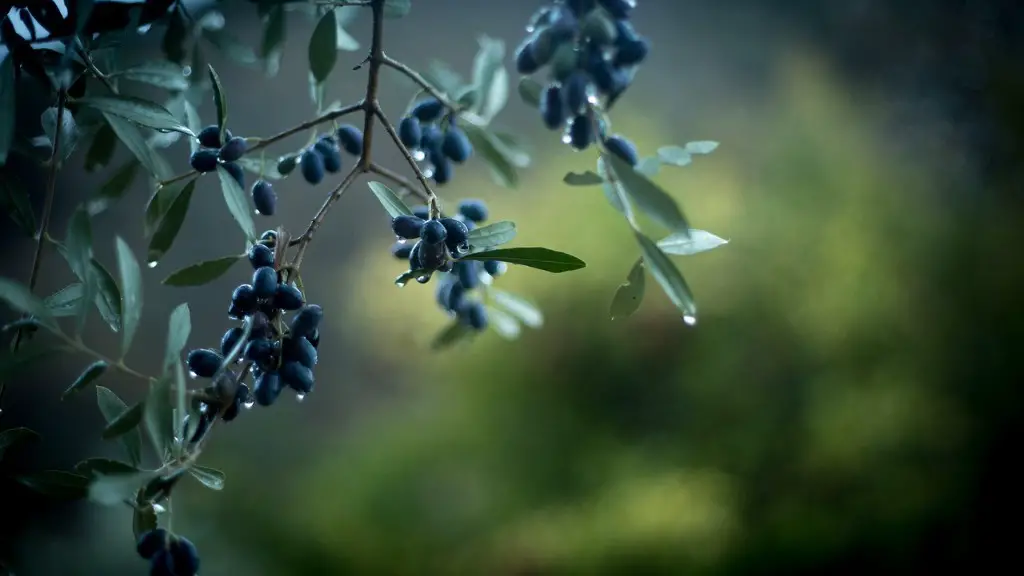Agriculture is an industry that can be grouped under several categories depending on its scope and focus. Agriculture encompasses the process of growing, harvesting, and distributing food and materials. It also involves the keeping of livestock and the production of related products. The sector employs hundreds of thousands of people ranging from small-scale farmers and professional agriculture workers to larger-scale industrial processors and distributors. Agriculture can be divided into three primary sectors: plant production, livestock production, and fisheries and aquaculture. Each of these have distinct characteristics, but all are vital for a thriving agricultural ecosystem.
Plant Production
Plant production is the most basic form of agriculture, as it encompasses the cultivation of plants for consumption and commercial purposes. This involves the growing of grains, vegetables, and fruits, as well as the processing and trade of related products. Plant production also includes the use of machinery and other technologies to improve efficiency and increase yield. In addition to crop production, plant production also focuses on the development of environmental-friendly practices such as the use of sustainable resources, conservation methods, and composting.
Plant production needs to be carefully managed so that it does not disrupt the delicate balance of ecosystems and the services they provide. It also needs to be done in such a way that is resource efficient and allows for biodiversity to flourish. Furthermore, there needs to be a conscious effort to reduce the impact of climate change, as rising temperatures and changing weather patterns can drastically affect agriculture production systems.
Lastly, plant production is a significant source of livelihoods around the globe, with many developed and emerging markets relying heavily on this sector for economic stability. Therefore, it is essential that plant production is carried out responsibly in order to continue supporting these livelihoods and economies.
Livestock Production
Livestock production is the practice of raising and caring for animals for the purpose of producing food, fiber, and other products. The animals involved include cows, sheep, pigs, and poultry, among others. Livestock production is a labour-intensive activity that can have a potentially significant environmental impact, including the destruction of natural habitats, water and land degradation, and the emission of greenhouse gases and other pollutants.
It is important to ensure that livestock production is done in a way that mitigates these environmental impacts. This includes implementing efficient farming practices, such as the use of low-input systems, and increasing the sustainability of feed sources. It also entails minimising the waste produced and regular monitoring to ensure that any negative impacts are reduced.
Furthermore, animal welfare should be a priority, as responsible livestock production relies on the well-being and safety of the animals themselves. This means providing them with adequate shelter, food, and veterinary care, as well as humane treatment. Considering the value of livestock production, it is essential that these key standards are met so that this sector can be sustainable and efficient.
Fisheries and Aquaculture
Fisheries and aquaculture are the two components of marine agriculture. Fisheries involve the capture of wild fish and other aquatic animals, while aquaculture involves rearing fish, shellfish, and other aquatic species in pens and open-water farms. Fisheries and aquaculture represent a significant source of protein and nutrition for the global population, and are thus a vital component of the agricultural industry.
Fisheries and aquaculture need to be managed in a responsible manner in order to ensure their continued sustainability. This includes employing efficient harvesting methods, enforcing catch limits, and developing sustainable farming practices. It is also important to strive towards greater socio-economic benefits, by providing adequate employment opportunities and improving the livelihoods of fisherfolk.
Moreover, aquaculture can support traditional wild-caught fisheries by providing essential items such as feed and equipment. Furthermore, it can contribute to a more balanced seafood supply by enabling the introduction of new and alternative species. Therefore, it is essential that this sector is supported by the relevant authorities in order to further its growth and development.
Conclusion
In conclusion, agriculture is an extremely broad industry that falls into many different categories. Plant production, livestock production, and fisheries and aquaculture are three representative sectors that are intertwined and form an important part of the global agricultural industry. It is essential that each of these are managed responsibly so that this industry can be sustainable and beneficial for all.


